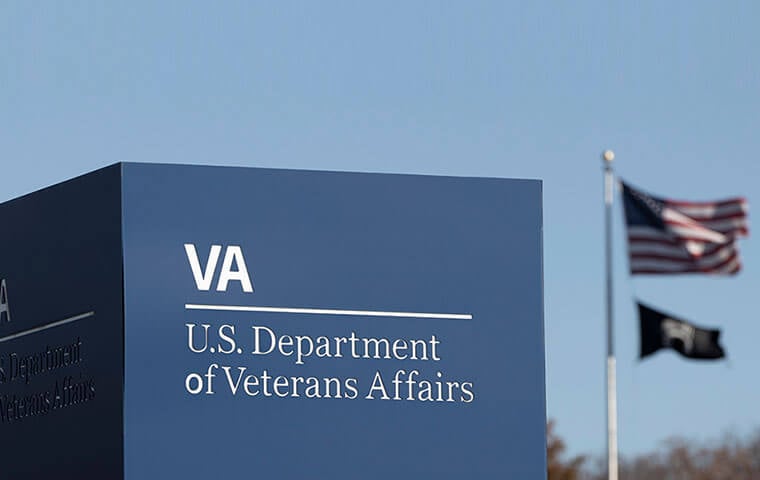 The absence of specific, policy-driven procedures for the pre-screening process has given rise to variances across regions. Image: Jonathan Weiss/Shutterstock.com
By: FEDweek Staff
The absence of specific, policy-driven procedures for the pre-screening process has given rise to variances across regions. Image: Jonathan Weiss/Shutterstock.com
By: FEDweek StaffInconsistences in managing and monitoring the screening process for job candidates leave the Veterans Health Administration, the largest component of the VA, at risk of not screening out those who “pose a threat to people, sensitive information, or resources, and are suitable for carrying out the duties of the position for which they are being considered,” an inspector general report has said.
“The absence of specific, policy-driven procedures for the pre-screening process allowed regional human resources offices to develop their own methods. Variations in approach, supervision, and accountability can decrease VHA’s assurance that pre-screening decisions are made in the best interest of VA and the veterans it serves,” it said.
The IG made those findings in response to a whistleblowing complaint asserting that “untrained human resources officials” in one Veterans Integrated Service Network had advanced for hiring five individuals who initially were found unsuitable—two of whom ultimately were hired. The IG determined that forwarding the candidates did not violate VA policy but that some officials involved had not completed the mandatory adjudicator training.
The IG said that more broadly, a lack of “detailed national guidance” gives regional human resource offices “the latitude to establish their own processes.” That leads to inconsistencies that “diminish VHA’s assurance that pre-screening decisions are uniform nationwide,” it said.
“Additionally, the lack of a clear monitoring program for cases with significant issues where the applicant’s pre-screening results have indicators of potentially disqualifying conduct limits VHA’s ability to detect trends in adjudicative decisions that can undermine VA’s mission,” it said.
The report did not make specific recommendations, but in response VA management said it was updating its processes to clarify decision-making authority at various points of the screening process and to ensure second-level review of decisions for quality and consistency.
Senate Eyes Vote to Pay Federal Employees Working Unpaid
Series of Bills Offered to Address Shutdown’s Impact on Employees
Public Starting to Feel Impact of Shutdown, Survey Shows
OPM Details Coverage Changes, Plan Dropouts for FEHB/PSHB in 2026
Does My FEHB/PSHB Plan Stack Up? Here’s How to Tell
2025 TSP Rollercoaster and the G Fund Merry-go-Round
See also,
TSP Takes Step toward Upcoming In-Plan Roth Conversions
5 Steps to Protect Your Federal Job During the Shutdown
Over 30K TSP Accounts Have Crossed the Million Mark in 2025

